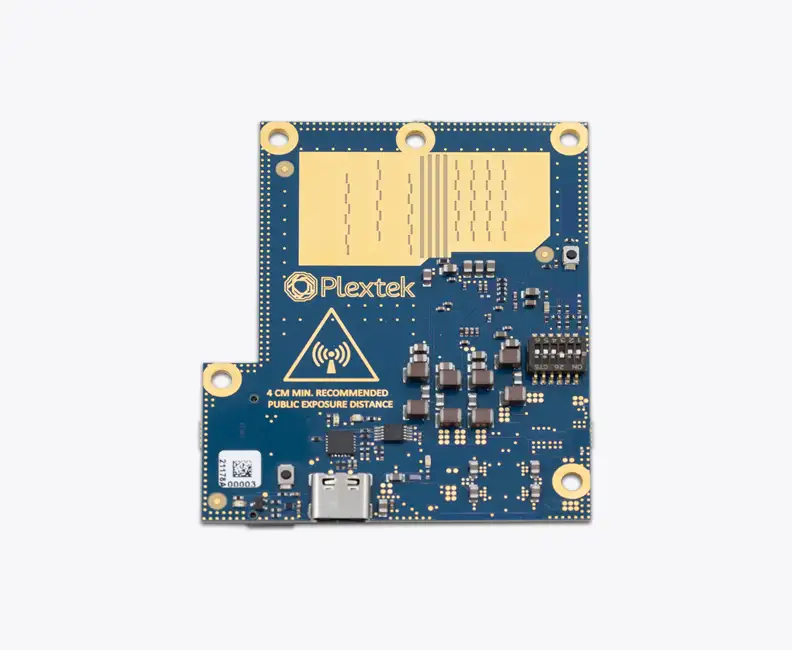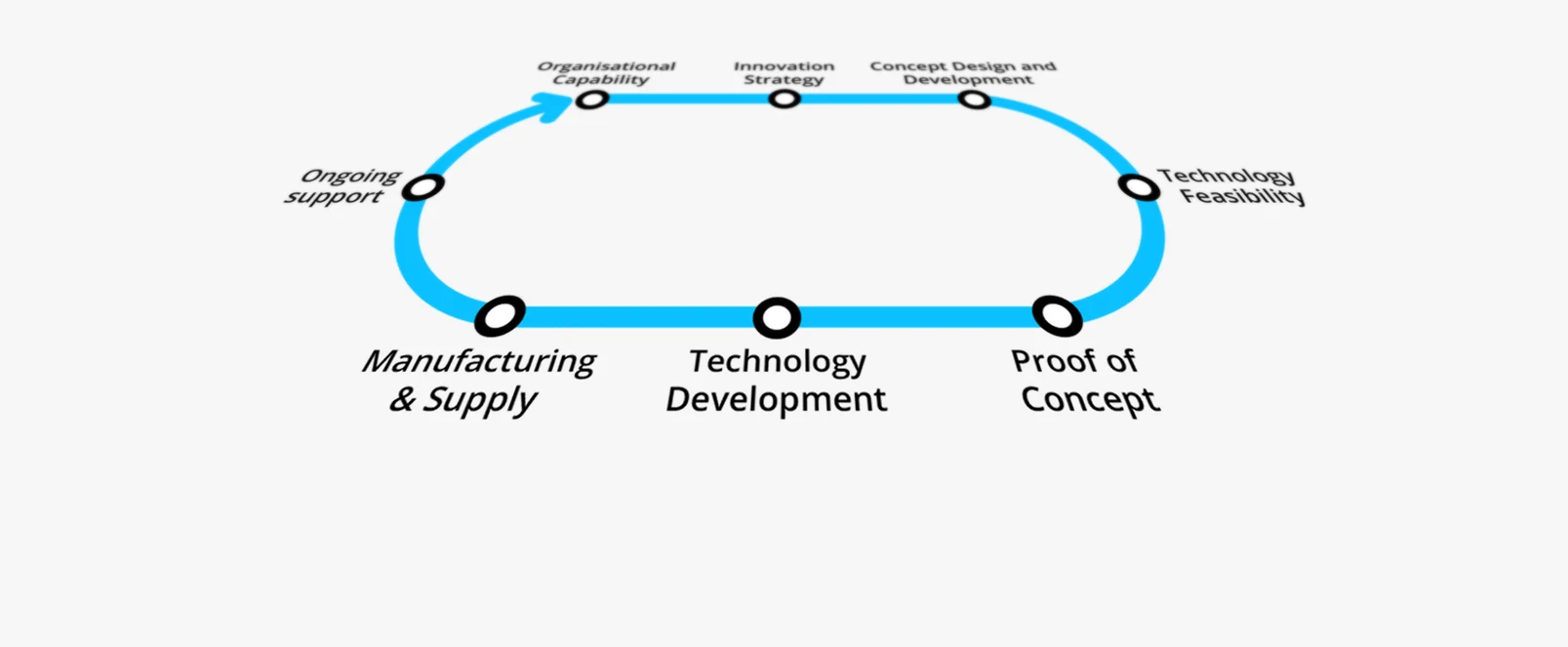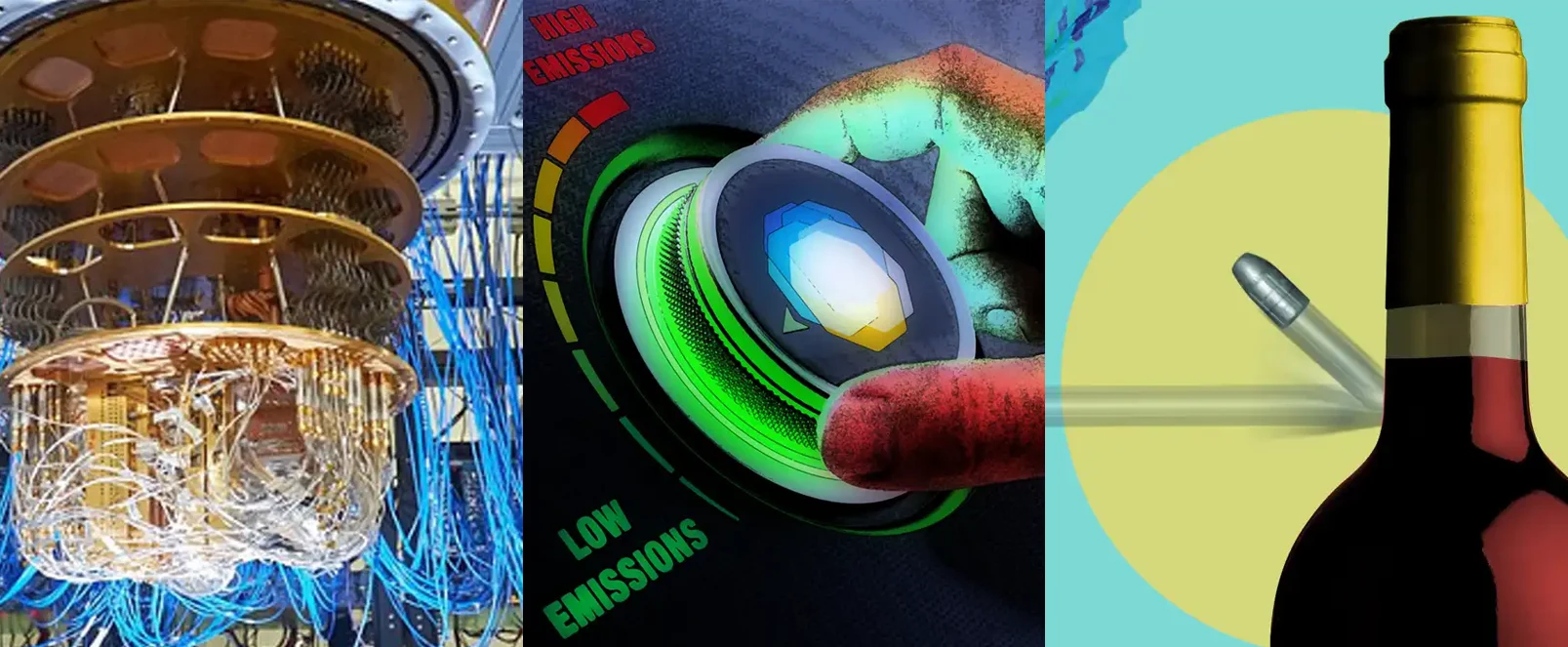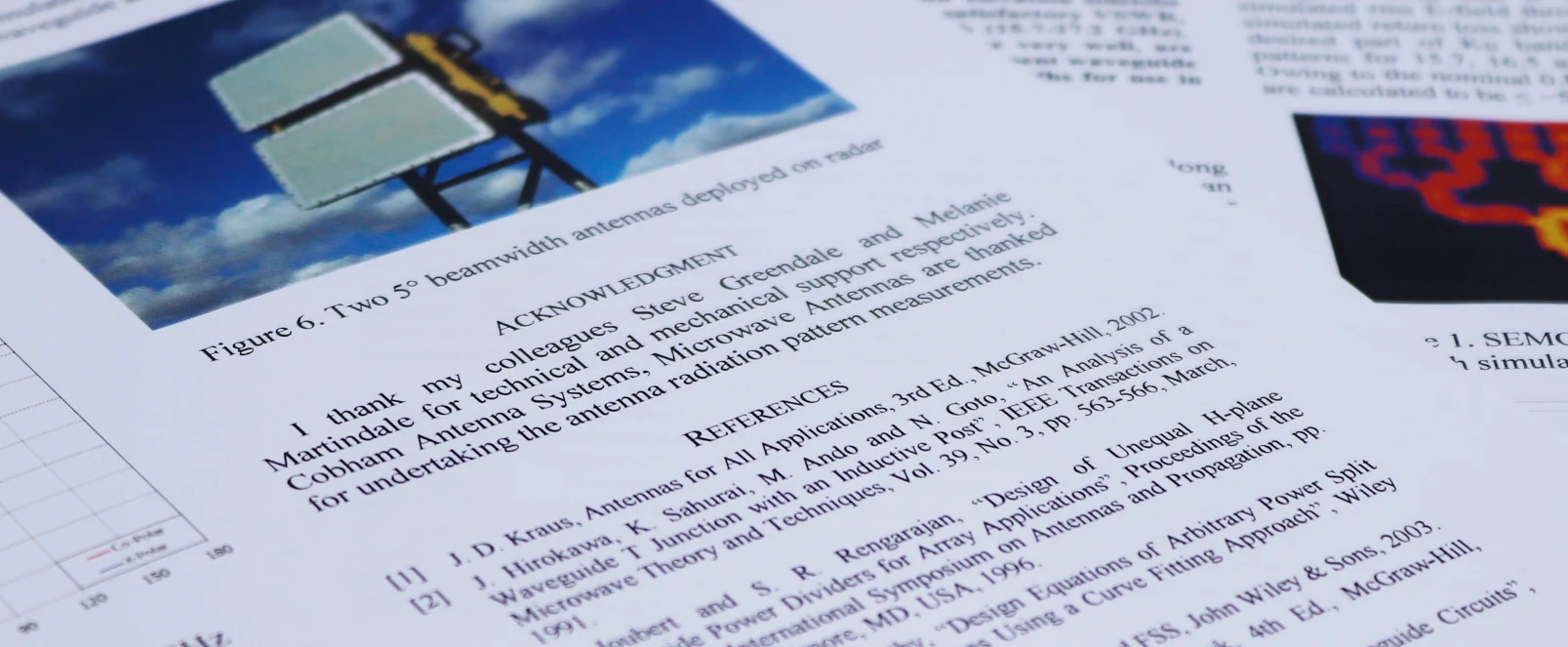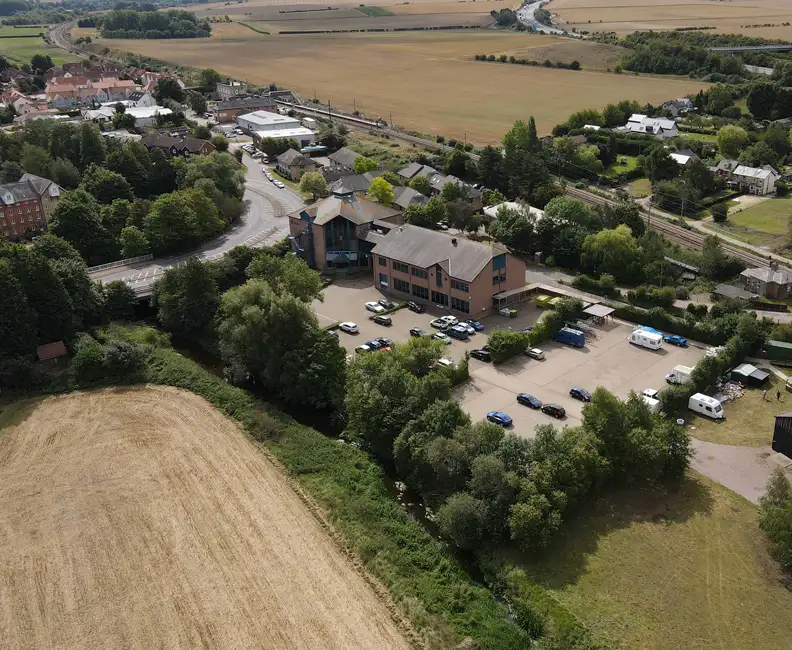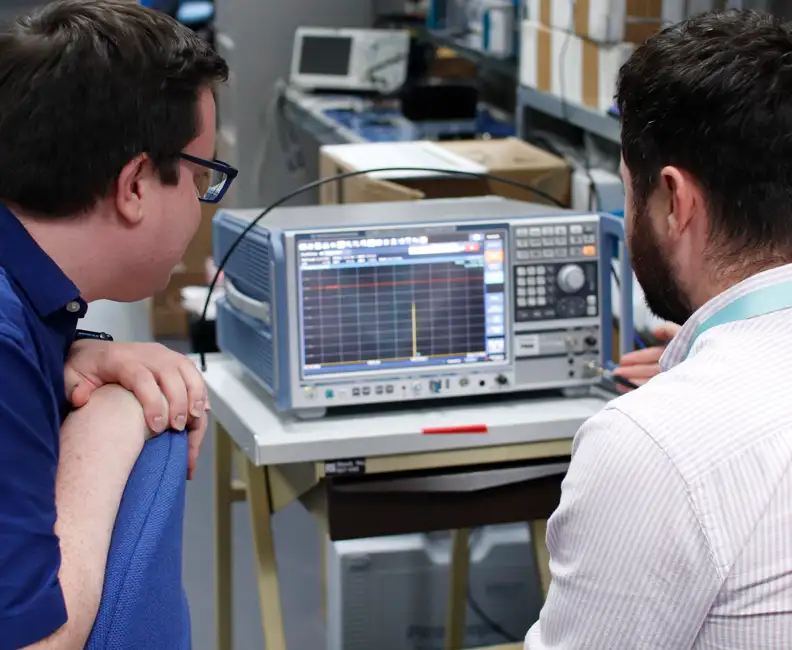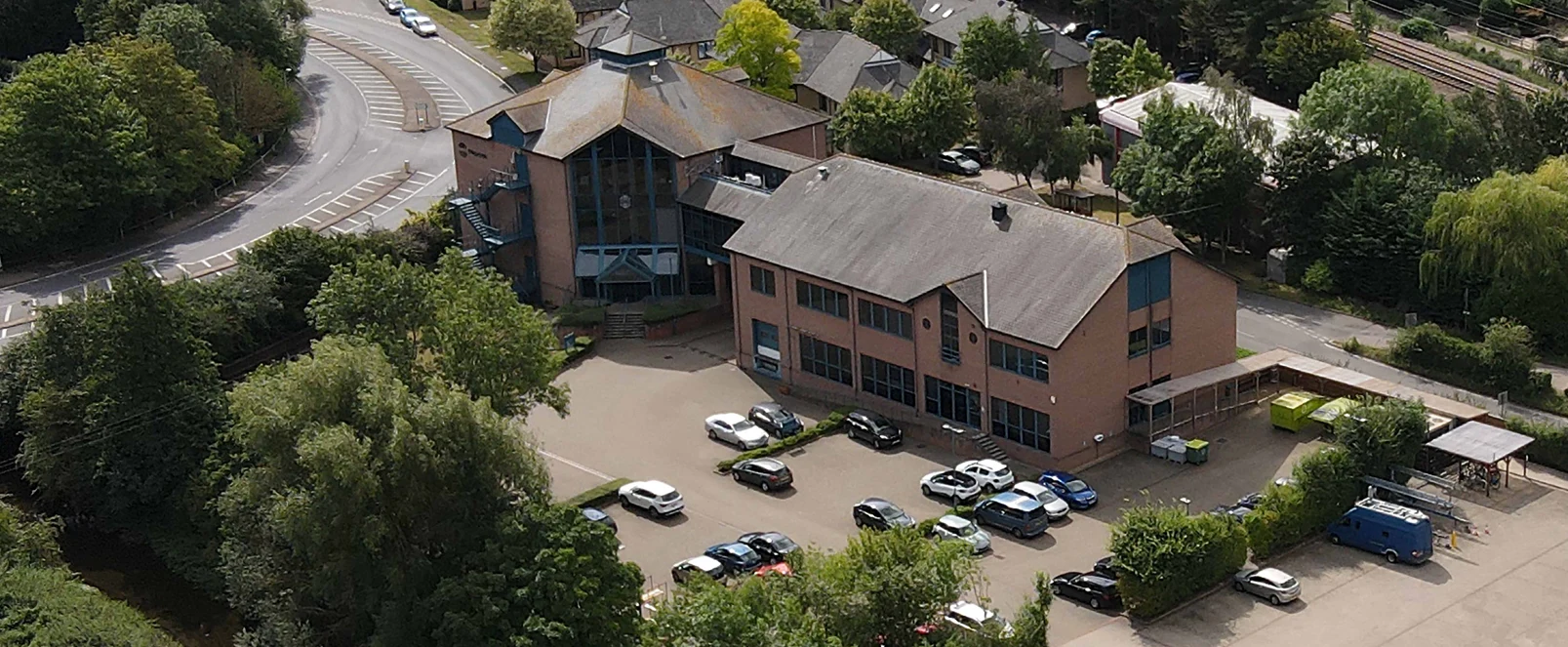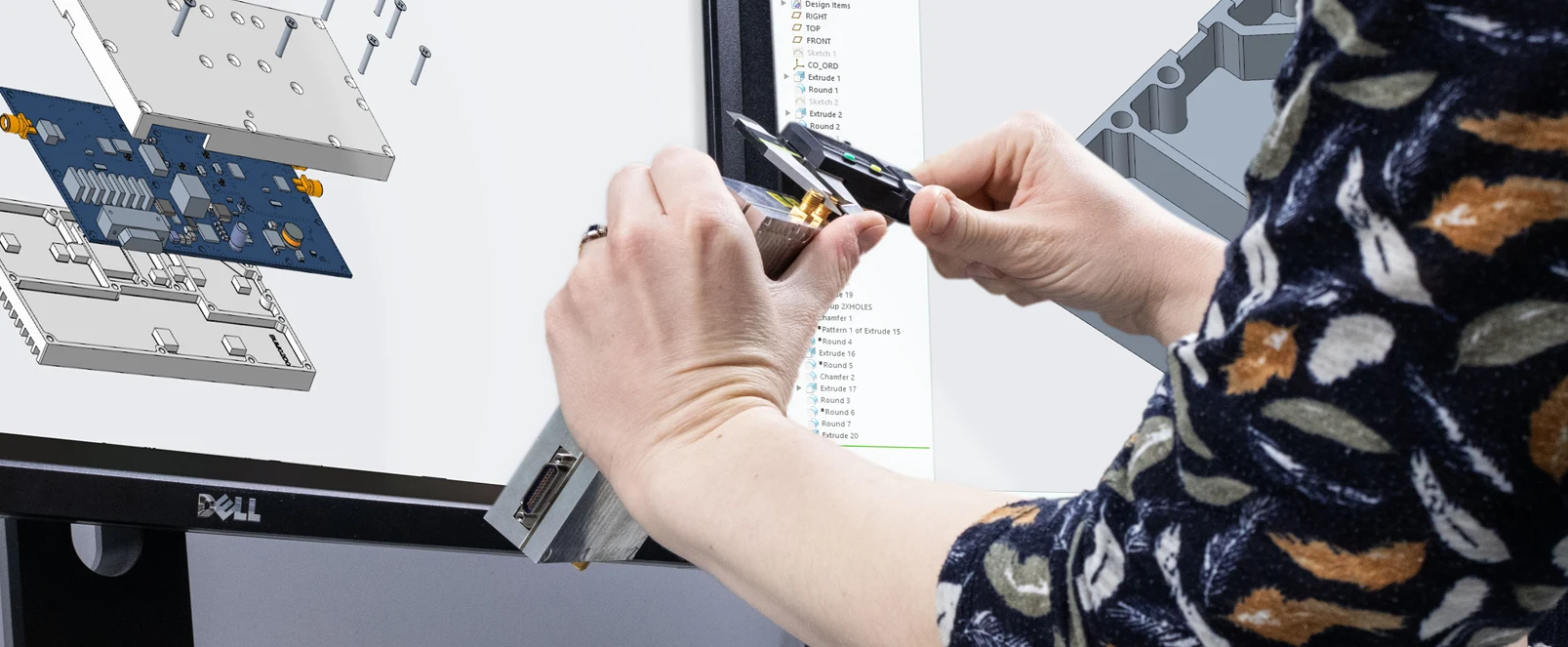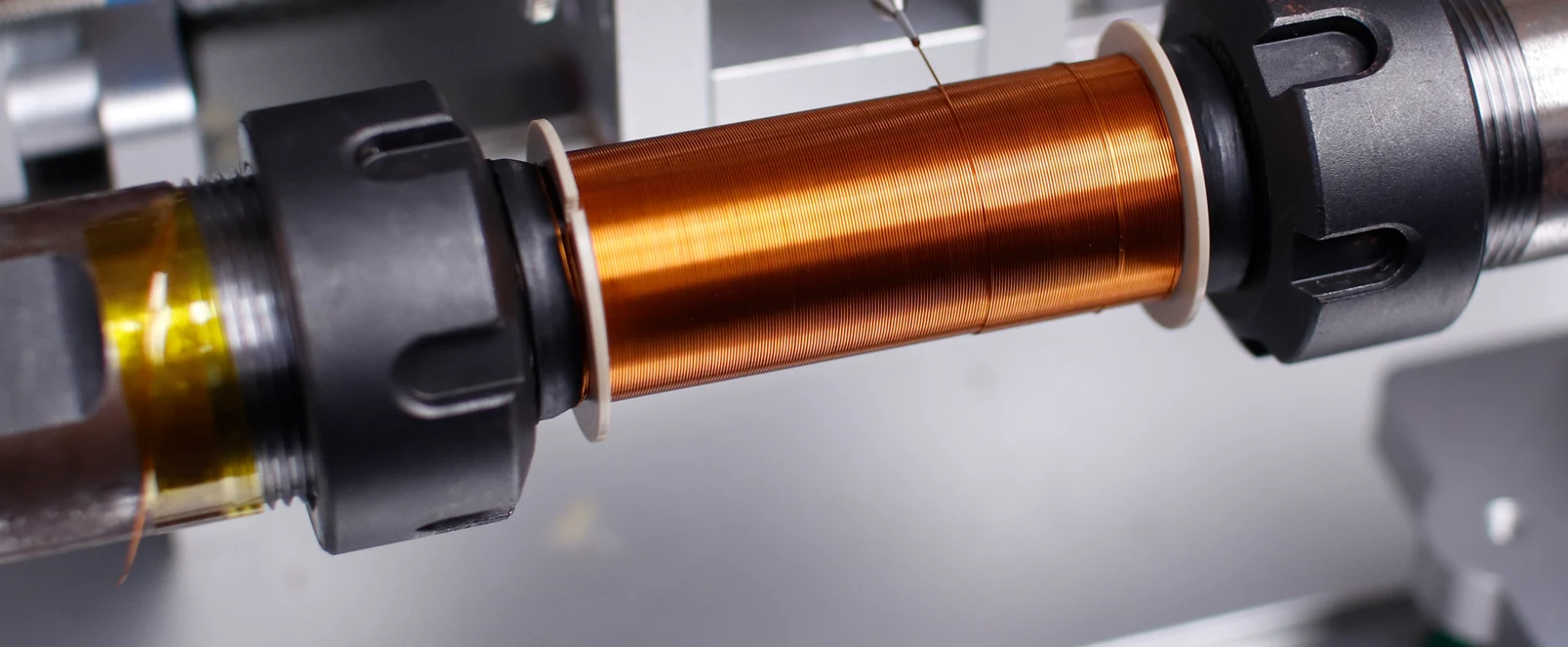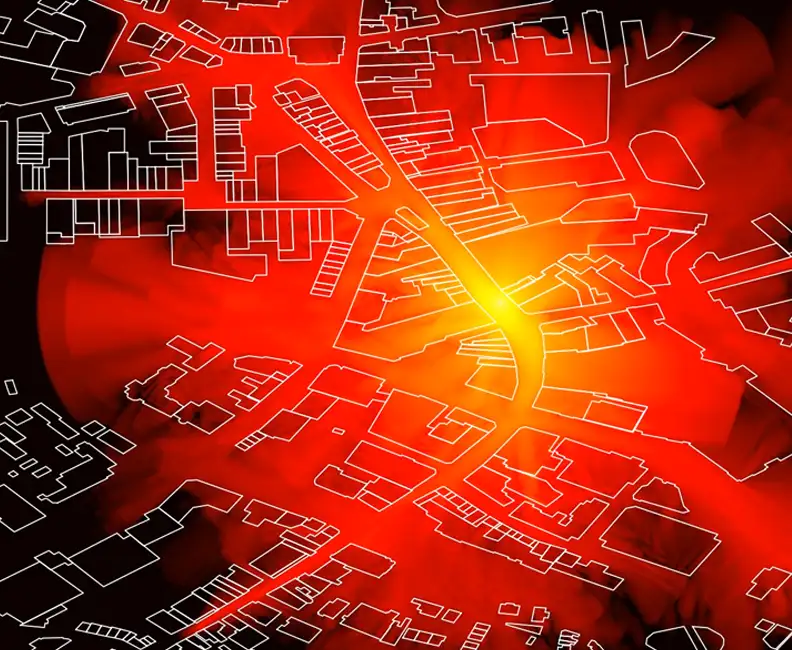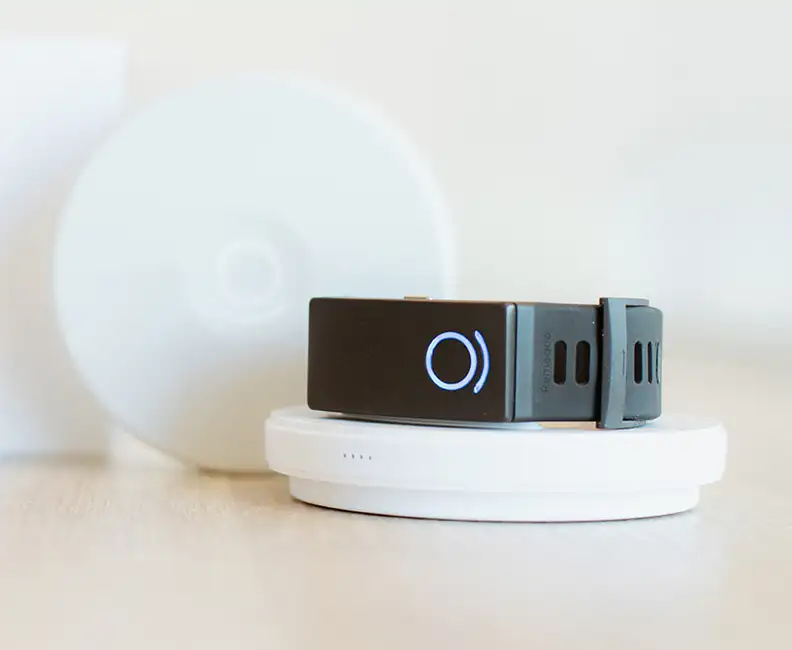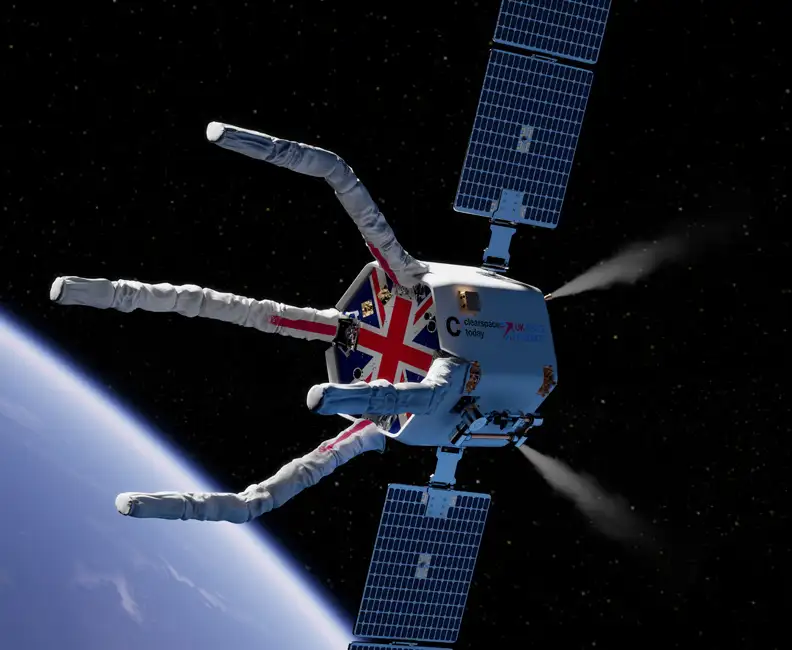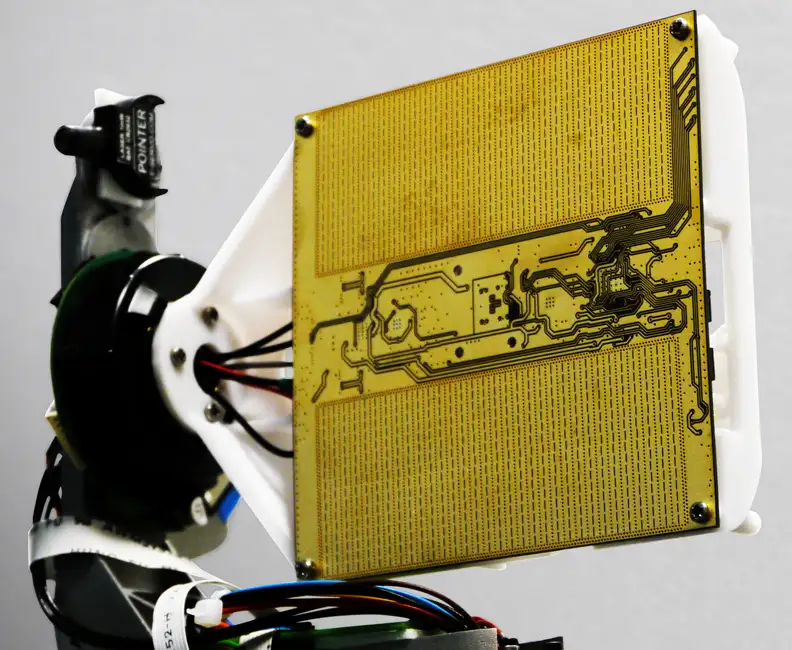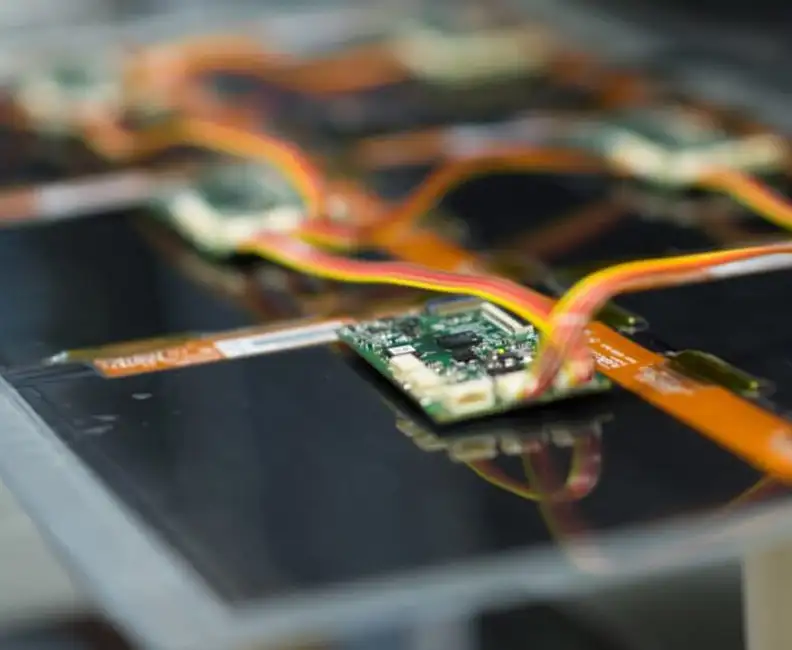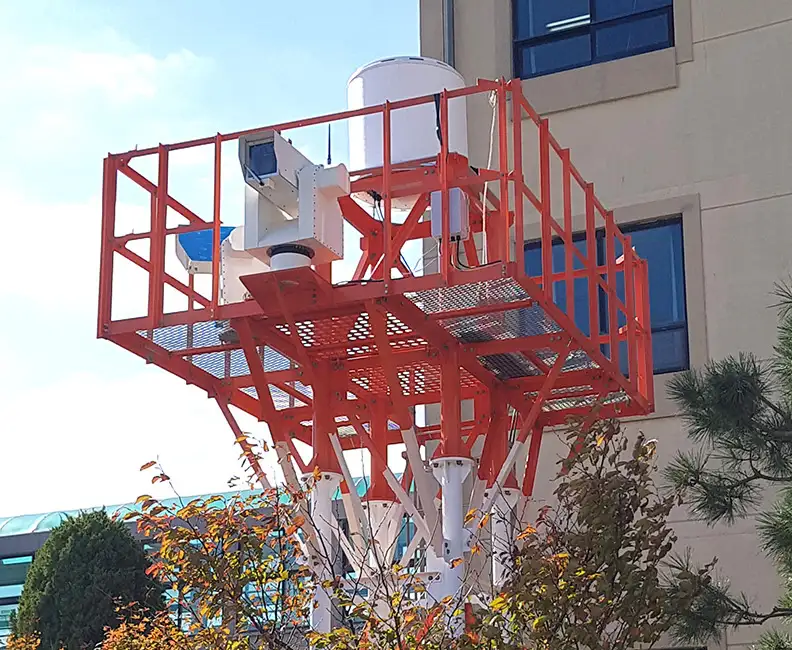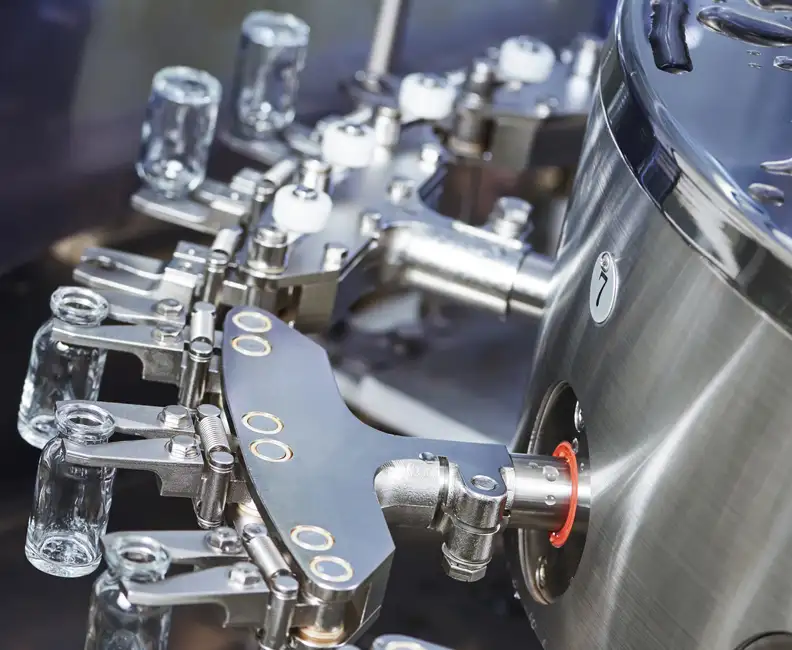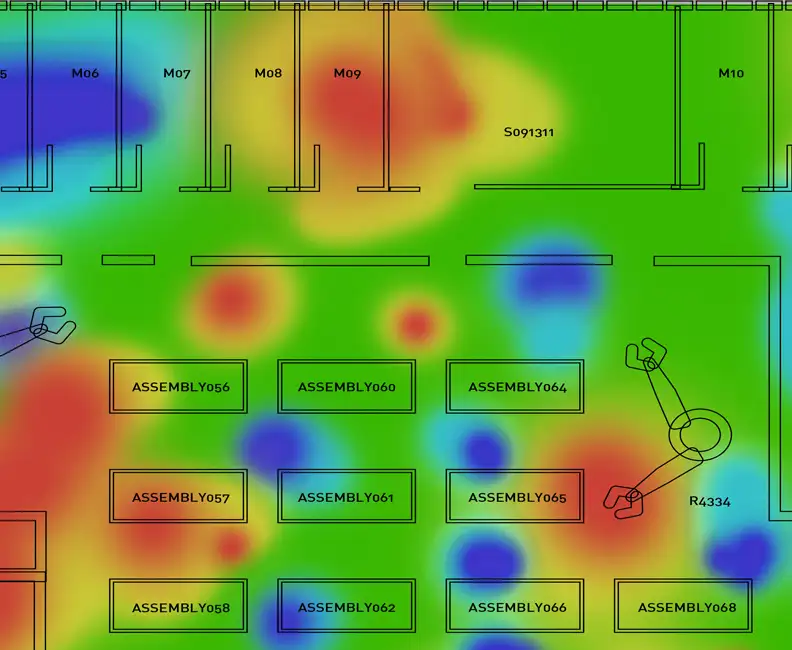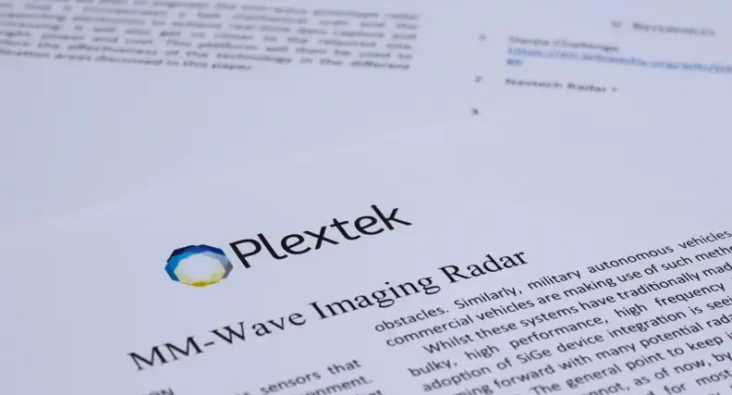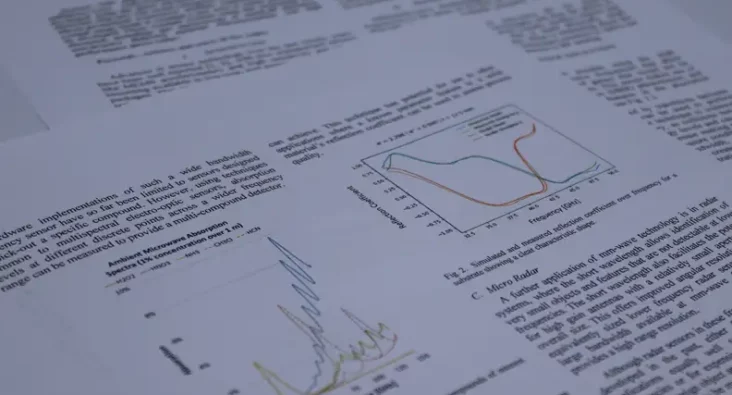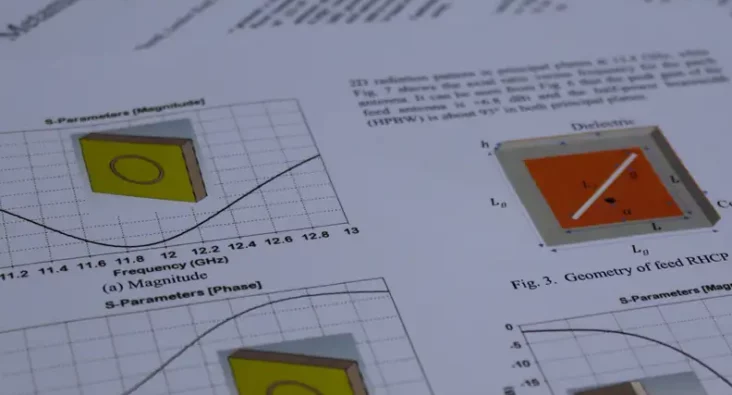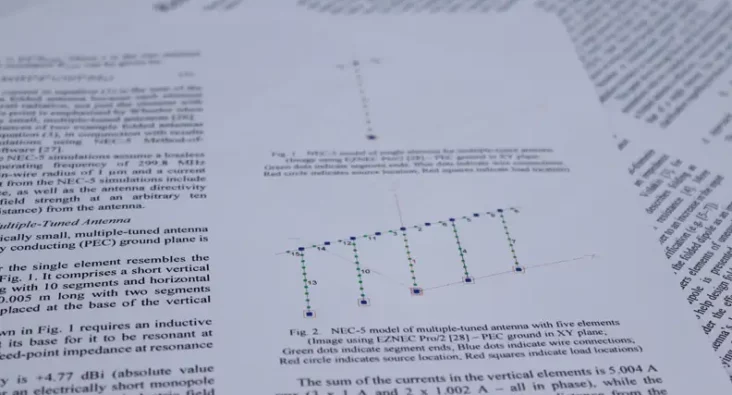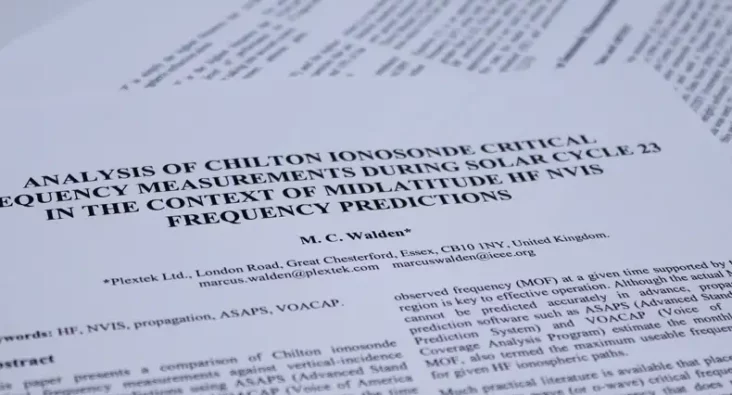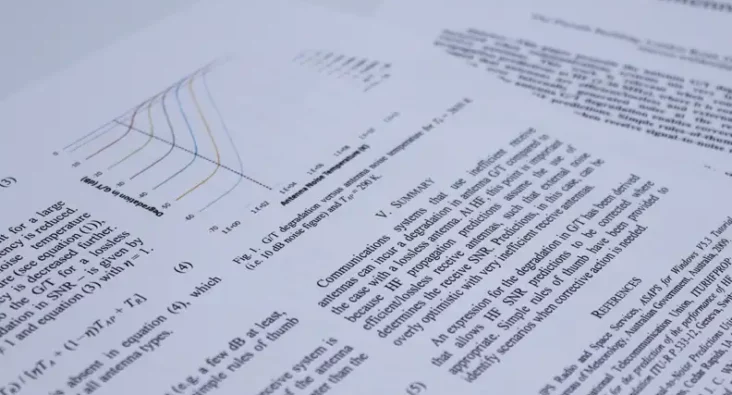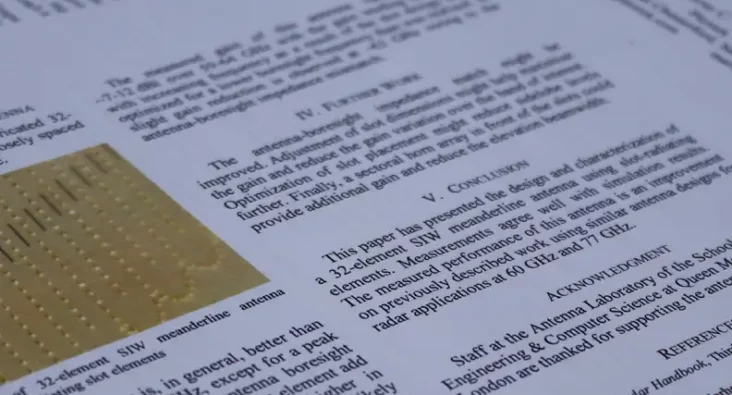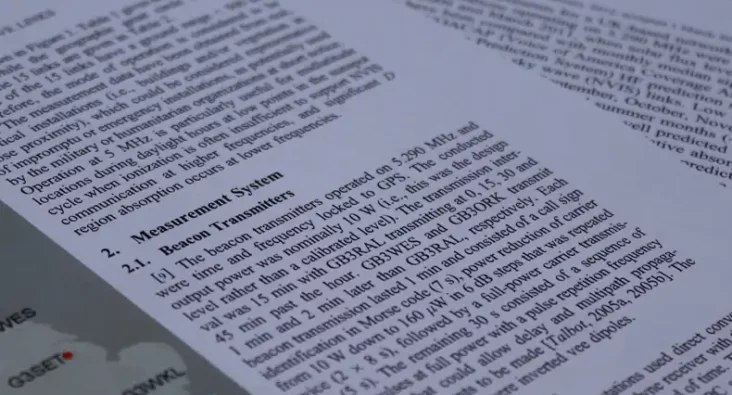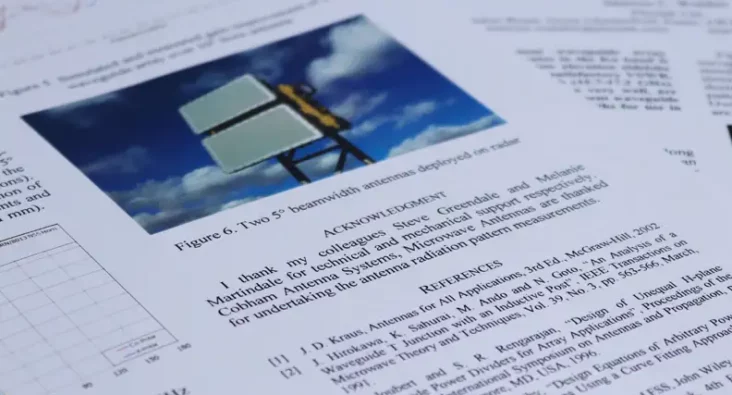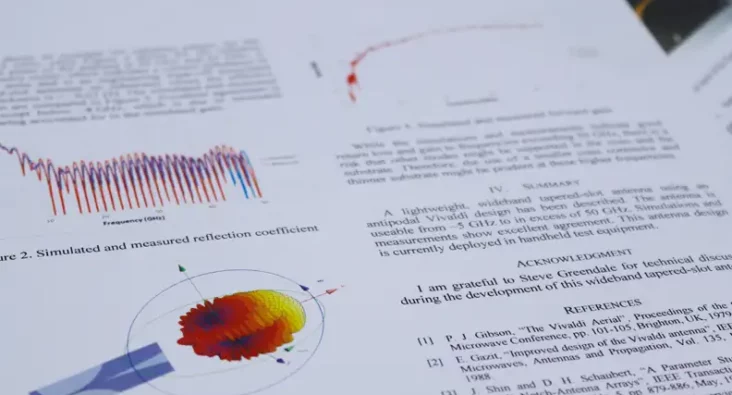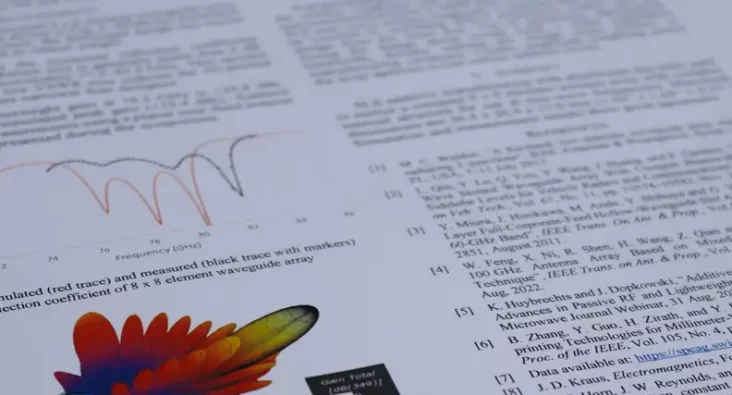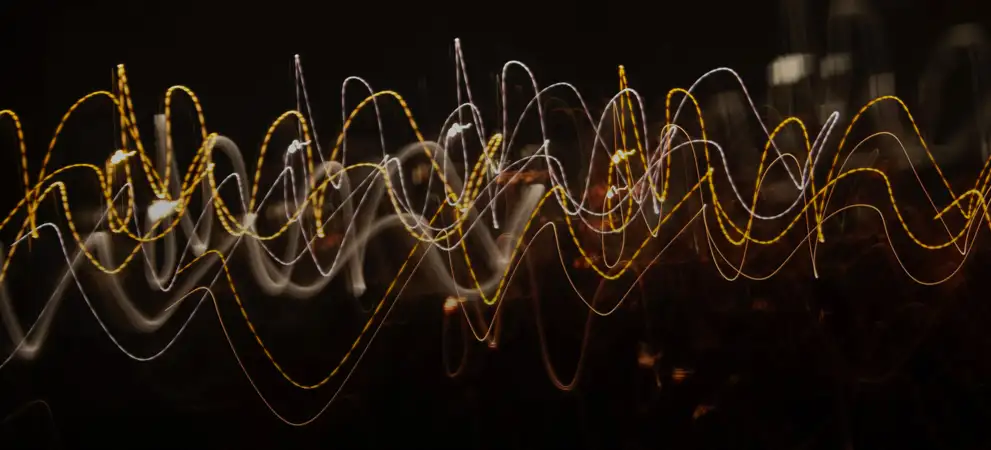
RF System Design
Ensuring seamless wireless connectivity for communications, and solving challenging detection problems with radar
Radio frequency (RF) electronics is at the heart of modern communications and radar technologies – from mobile phones, radios and Wi-Fi to weather monitoring and air traffic control systems.
That’s why RF system design plays such a crucial role, ensuring that the RF signals required for transmission are generated accurately, and received against a background of noise and other unwanted signals.
It all starts with the intended use of the RF system, which will determine the required performance parameters. The first step is therefore requirements capture including, for example, data rate and desired range for a communication system, or detection range against particular targets for a radar system – along with size, weight and power considerations plus bill of materials cost.
Any system that makes use of the radio spectrum must also adhere to the relevant regulations and operating frequency plans, so the need for regulatory compliance also must be considered from the outset. This will be factored into the analysis of the requirements, to provide a sound basis for subsequent detailed design.
Real-world challenges
Key skills
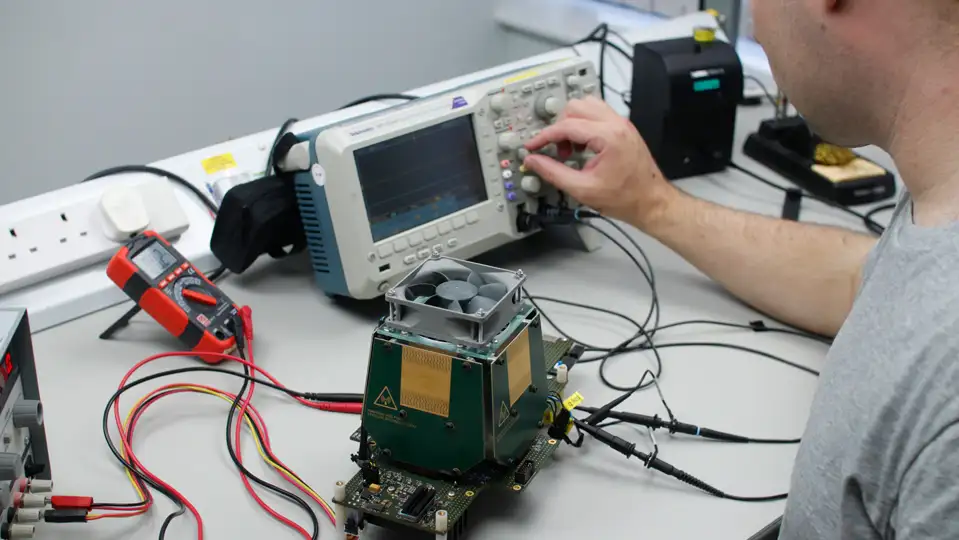
-
Capture of client requirements
– and translation into engineering designs.
-
RF circuit design
– from kHz to ~ 100 GHz.
-
PCB layout
– including demanding high-frequency, mixed-signal designs with integrated antennas.
-
Standards-based design
– integrating standard communications solutions.
-
Custom system design
– to meet exacting customer requirements.
-
Complete systems
– from antenna to back-end processing.
-
Component module/sub-circuit design
– for integration into client systems.
-
Integration of antennas
– into complex products.
-
Low SWaP-C
– low size, weight, power and cost (SWaP-C).
What sets us apart when it comes to RF systems design?
The Plextek team has an in-depth understanding of the fundamentals underpinning modern communications, radar, telemetry and instrumentation systems, with the ability to distil practical engineering solutions from client requirements. Our expertise includes:
- Radar
- Communications
- RF circuit design
- mmWave radar
- Microwave
- EM simulation
- Telemetry
- Regulatory compliance
Examples of our RF systems design include:
- Utility monitoring and control
- Ground radar
- Foreign object debris radar
- Stolen vehicle tracking and recovery systems
- Airborne data links
- Airborne radar
- Space-based radar







